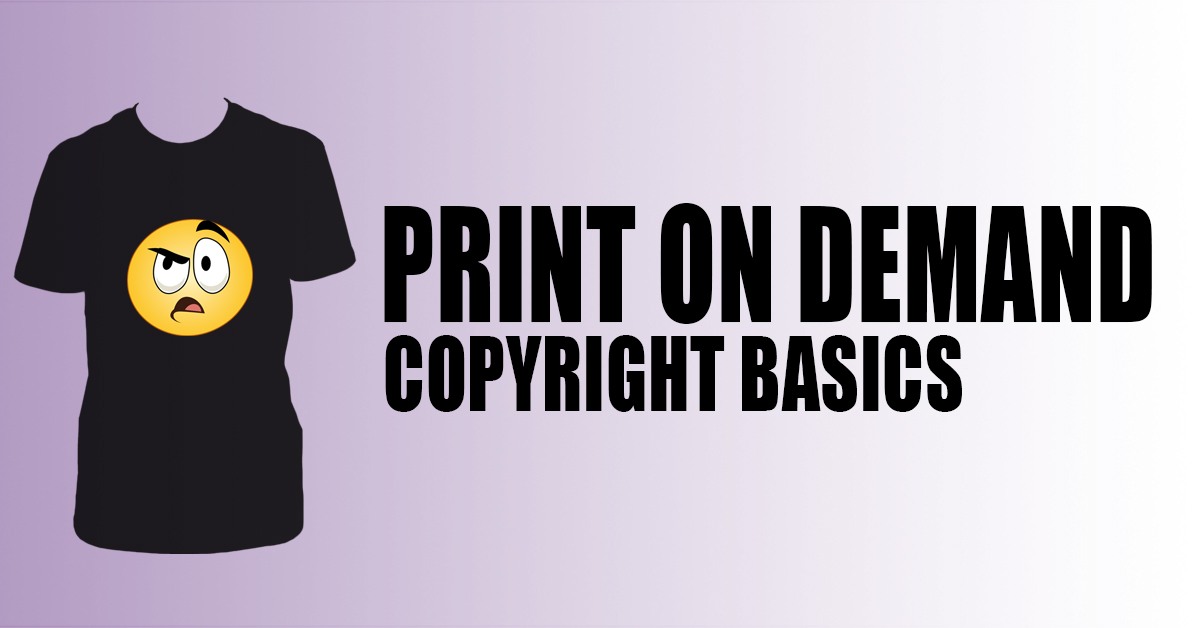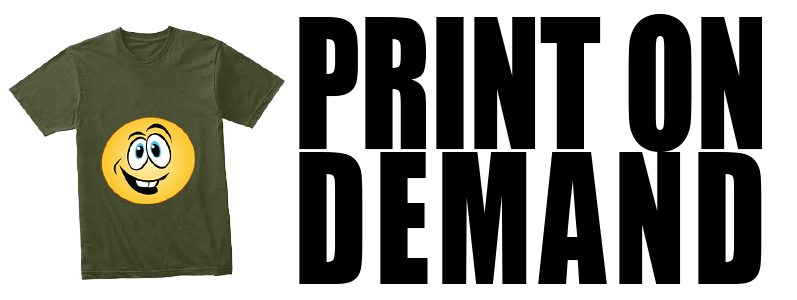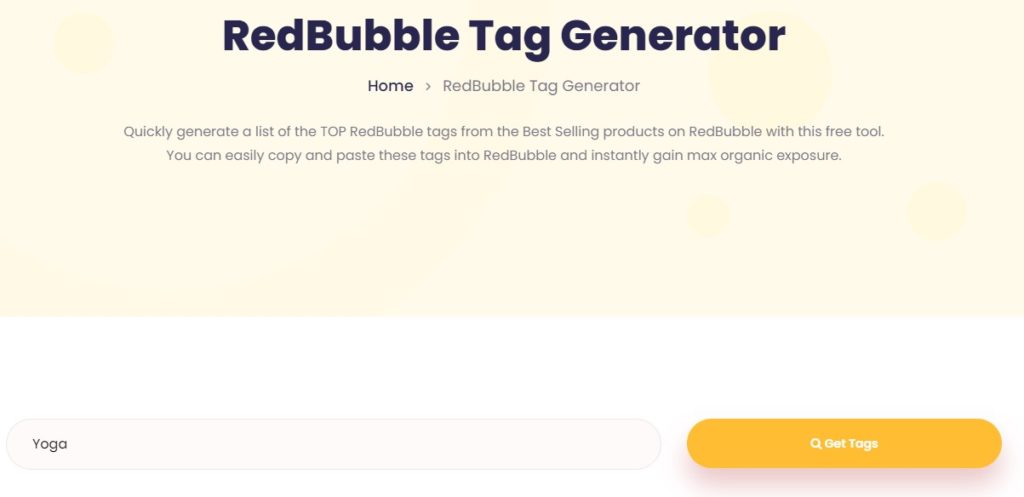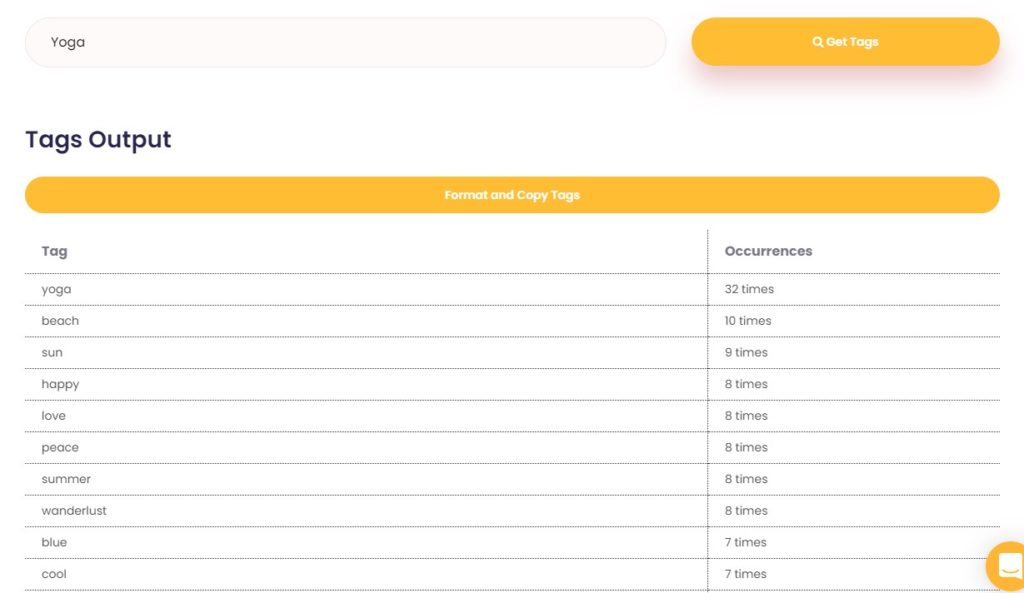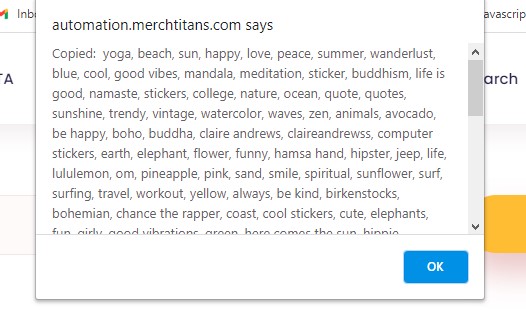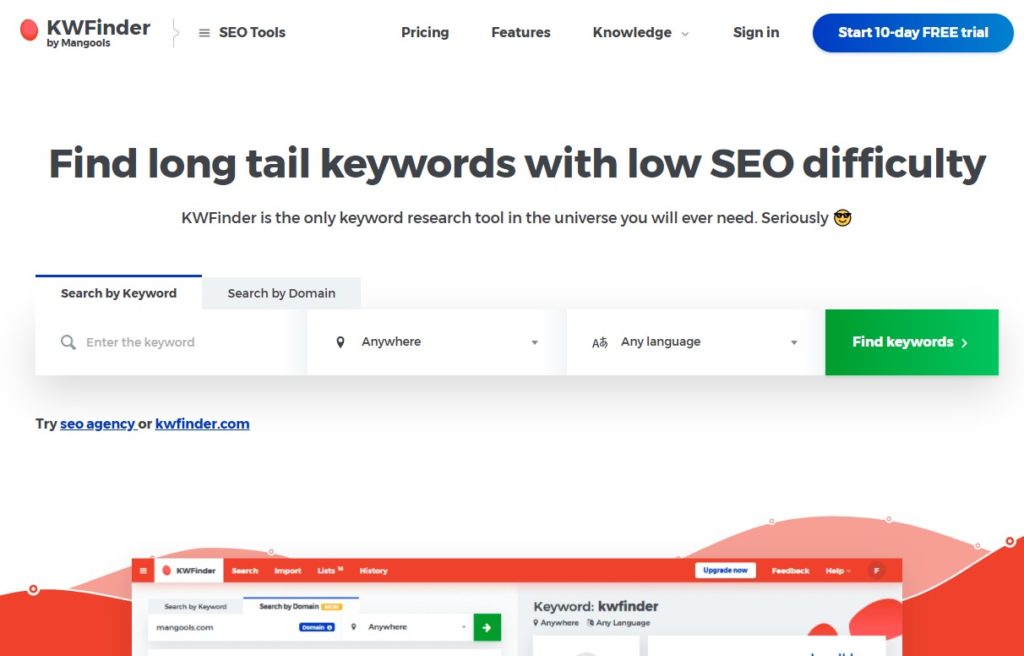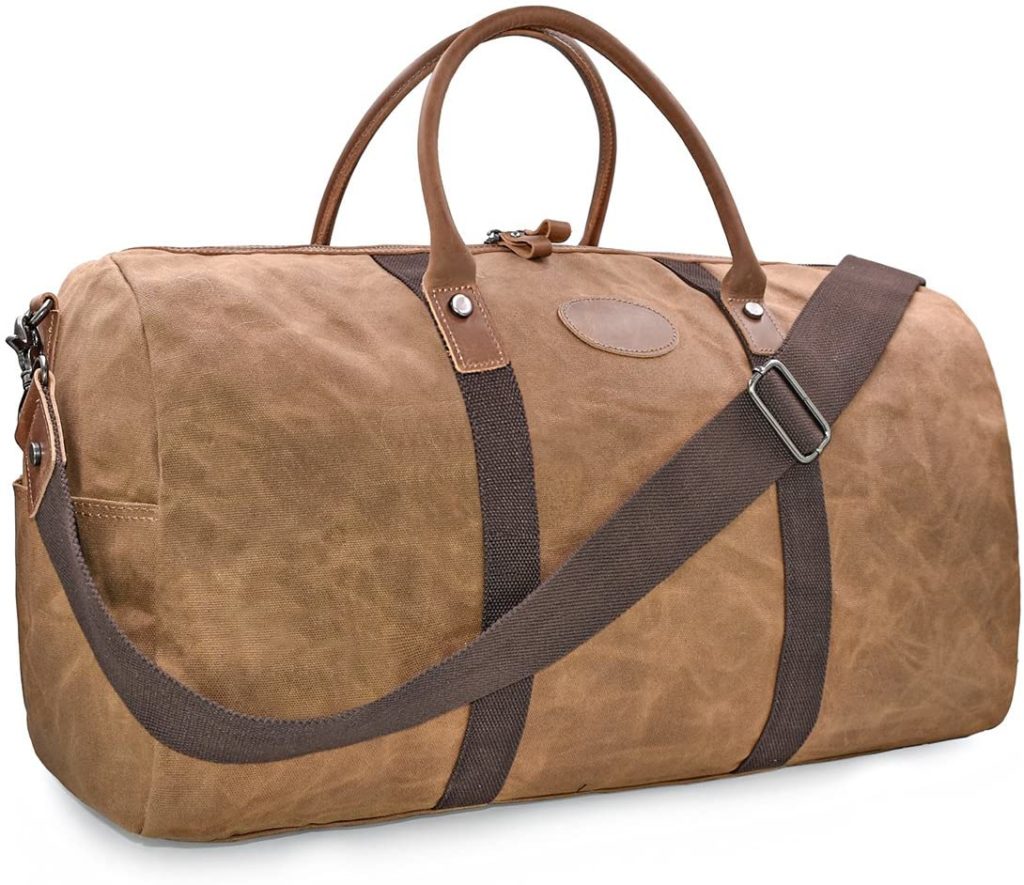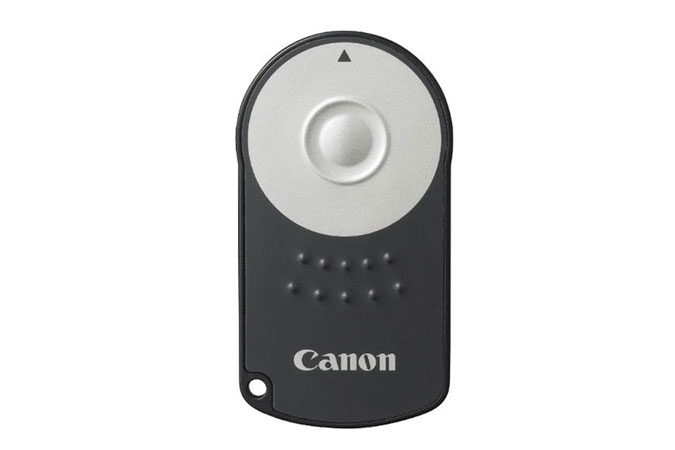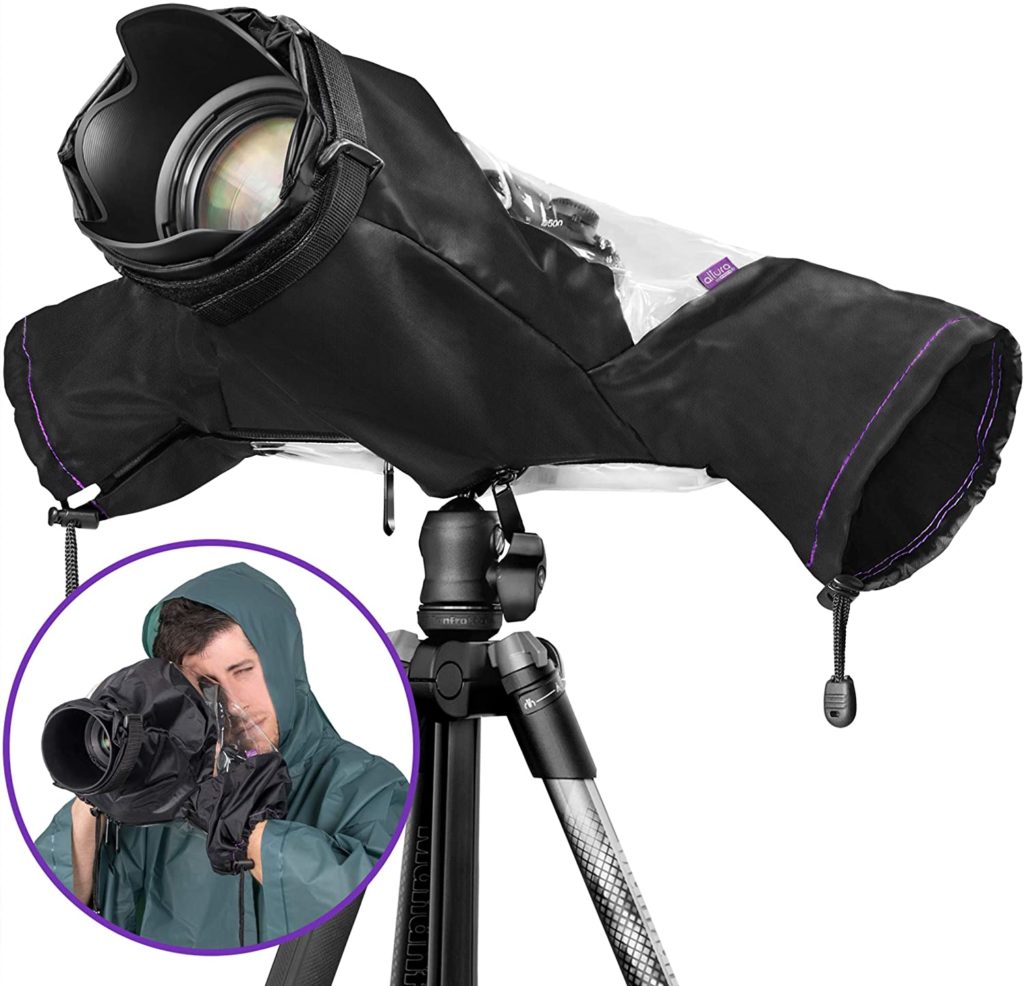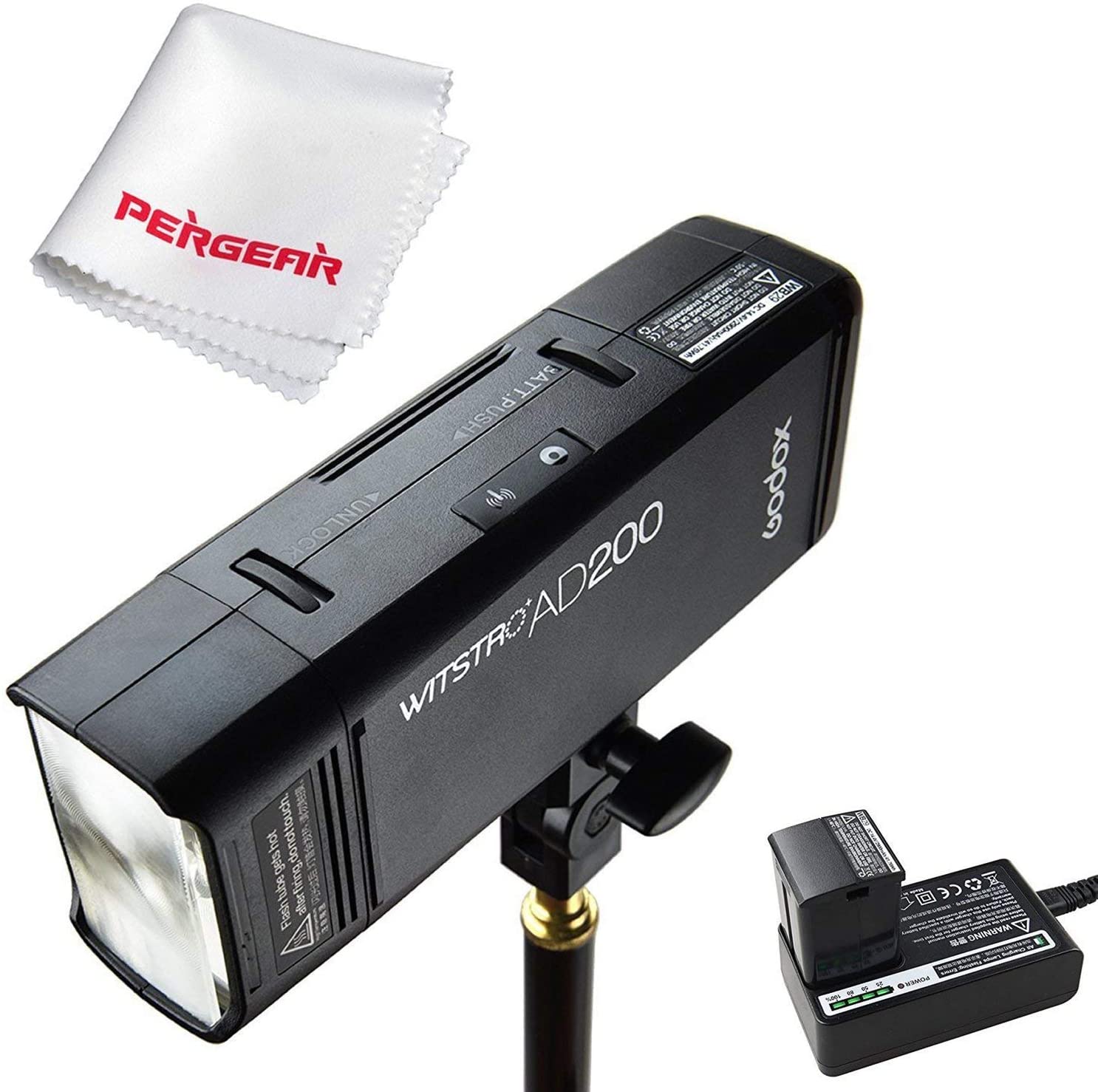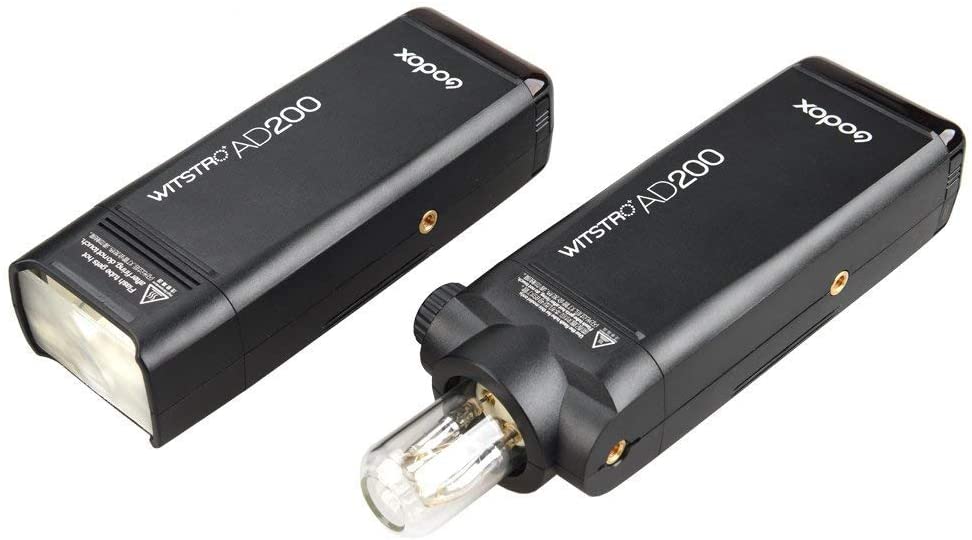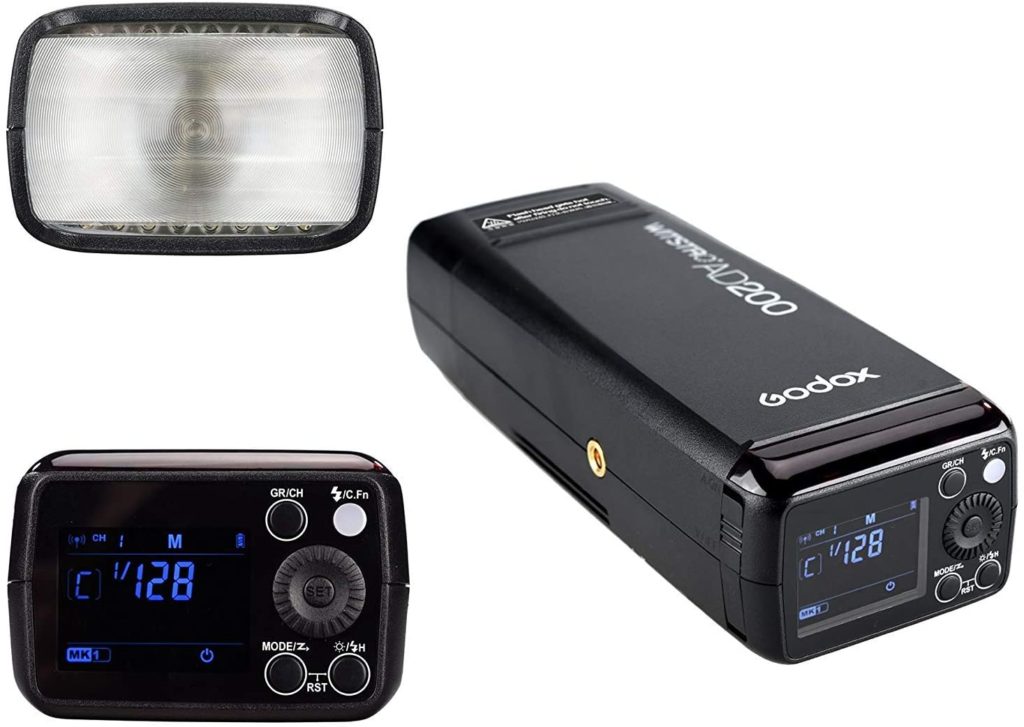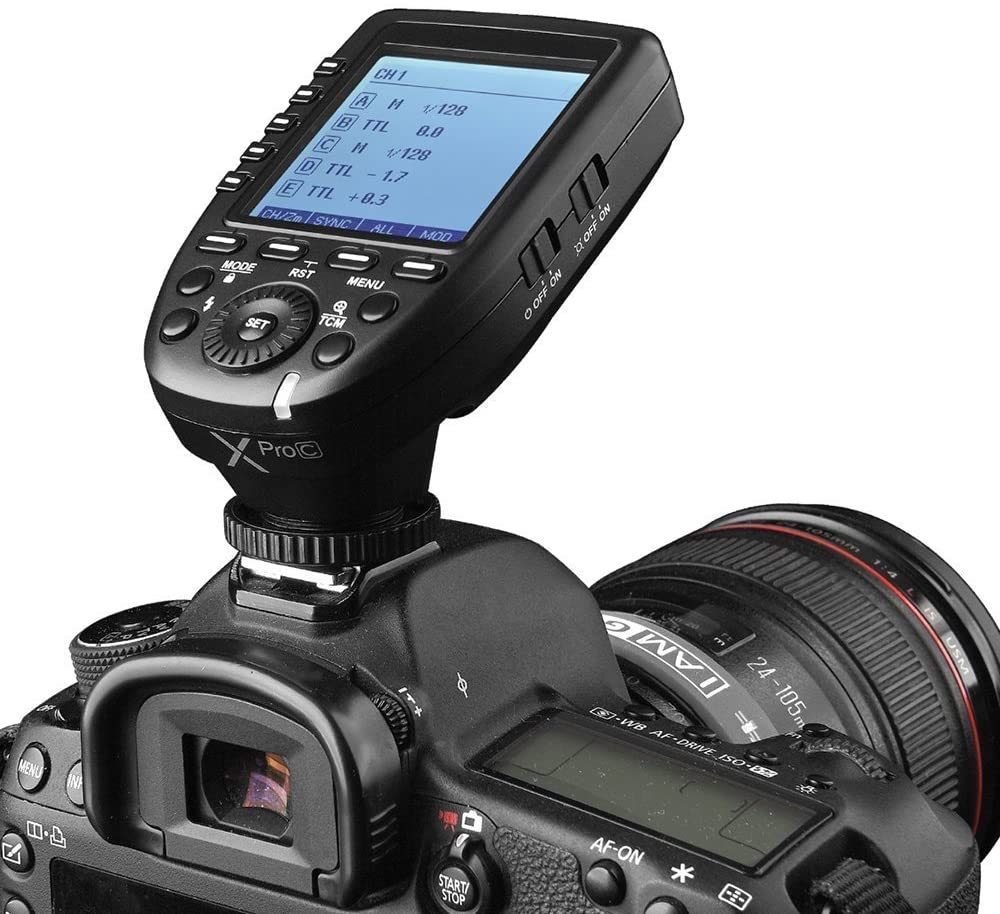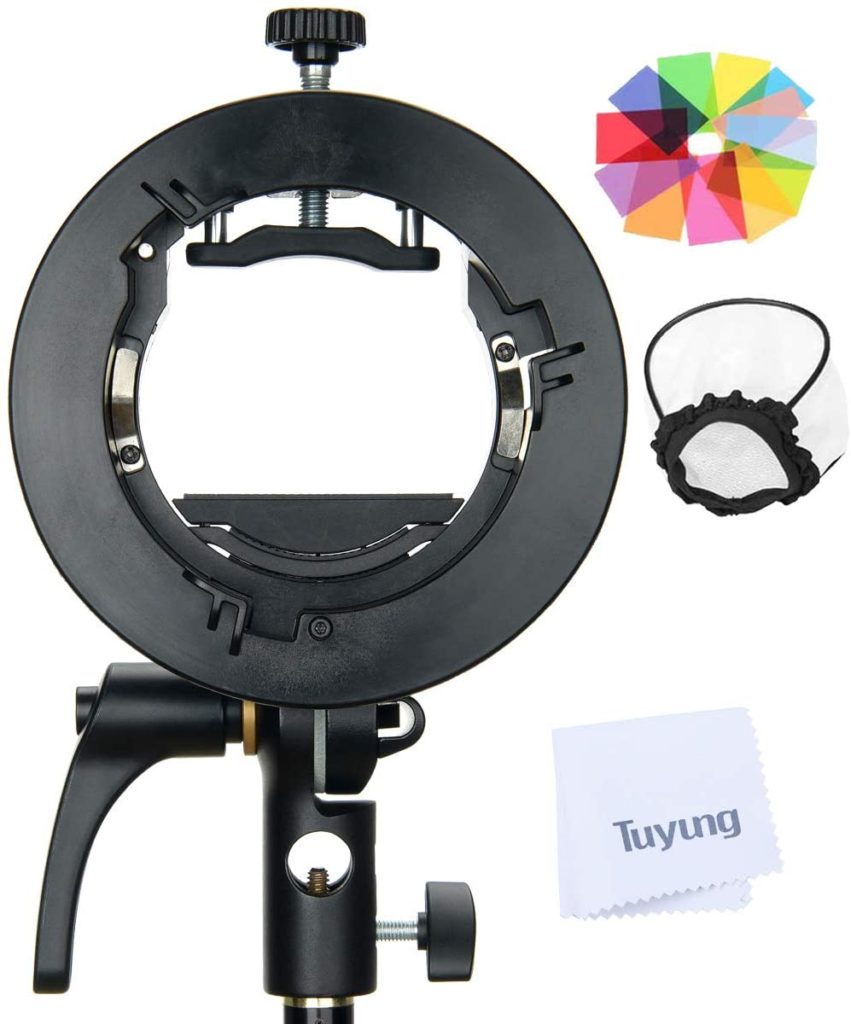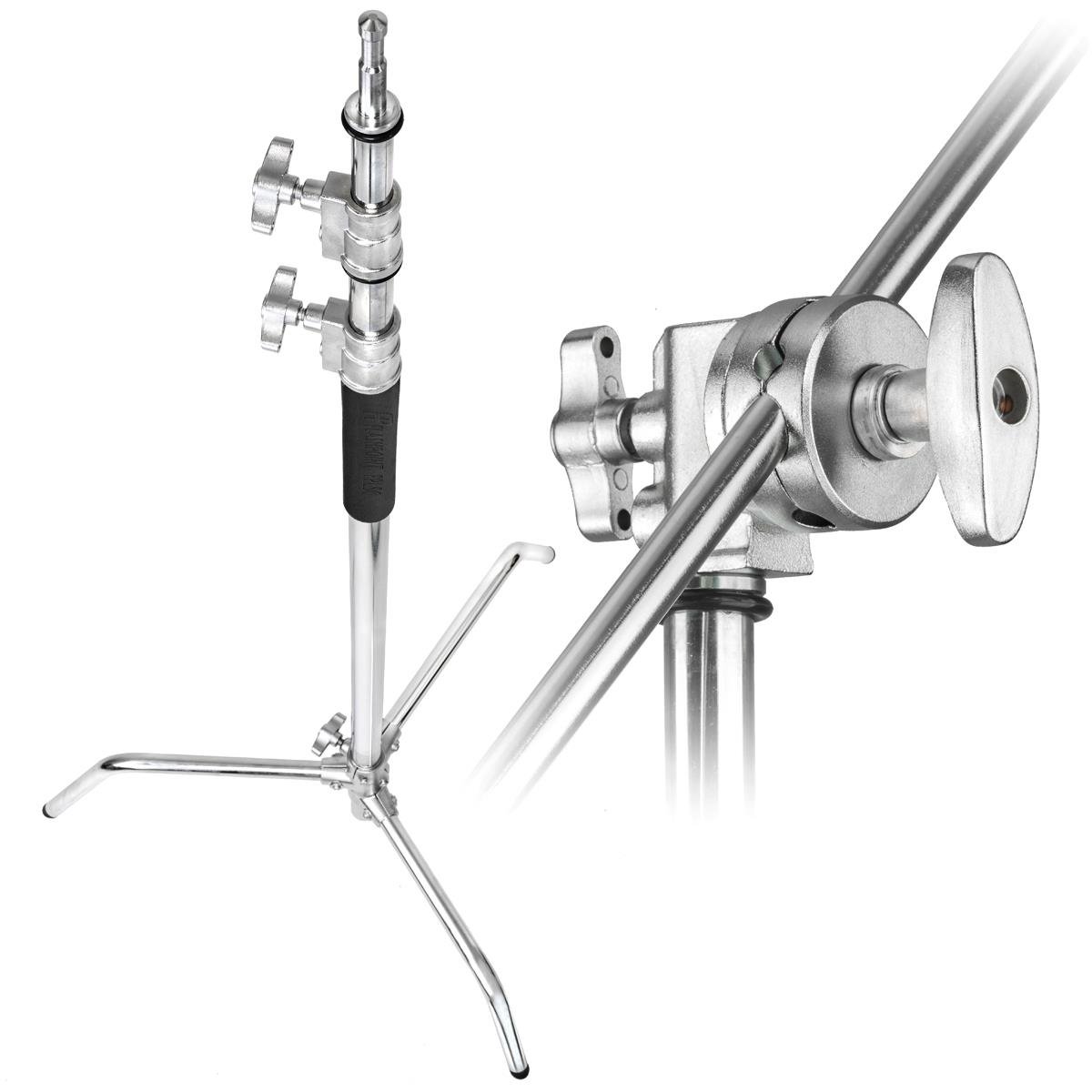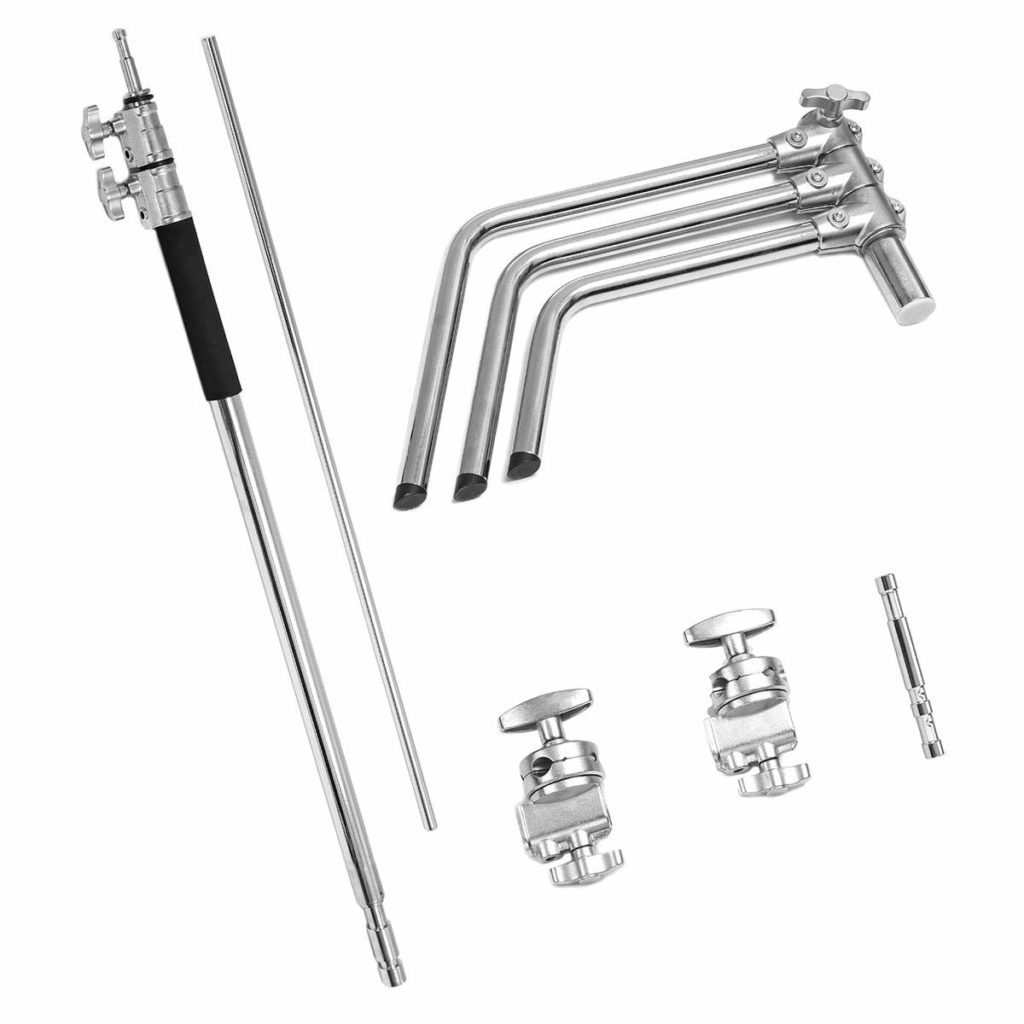Print on Demand (or PoD) is considered a passive source of income and is an internet-based business anyone can start. When most people talk about Print on Demand, they are generally referring to a company online which prints T-shirts for you, however today’s print on demand services offer everything from face masks to phone cases and beach towels. Essentially you create a high-resolution design and upload it to a service, depending on the service you choose to partner with, they will promote, print, and ship the order to your customers. You get a percentage for each sale and most services allow you to choose the amount you make on each item sold. This lets you focus your time on creating new sellable designs rather than dealing with business infrastructure. How does it work? Let’s talk about it.
How much does it cost?
Getting started in any business requires startup costs. Depending on the path you take, your startup cost for getting into Print on Demand can be very reasonable. All but a couple of the Print on Demand services are free to join, but you might be required to jump through a few hoops to get your items listed. Until now, if you wanted to be able to make your own T-shirts to sell, you had to learn screen printing and buy the bulky equipment and all the blank shirts and inks. You had to buy into a credit card service and deal with the hassle of not only promoting your designs, but printing and sending them out to your customers yourself. With Print on Demand services, you just upload a high quality, high resolution file and they handle the rest. But what about the most important part of the equation? The designs?
If you don’t have a background in graphic design, color theory and typography, can you still make designs for Print on Demand? Of course, there are websites like Canva.com that allow you to create designs from templates, all you need to do is come up with the text you want to put on the shirt. Here is where most Print on Demand tutorials end – they don’t tell you the truth. You can use these design templates, but there will be many times when you want to make specific changes to a design to fit your needs for a shirt design, and having a background or at least some basic knowledge in graphic design can go a long way.
The most significant cost associated with starting a Print on Demand will be time. No matter how simple all of the other tutorials say it will be, there will be significant time involved in getting your business up and running, then you will spend a ton of time researching new niches for shirt designs, promoting your work and uploading your completed designs to your shop. There are automation services which streamline the process for you but be prepared to pay a monthly charge.
What you need
First and foremost (other than an internet connection) you are going to need a computer or tablet that can create designs for your Print on Demand shop. You will also need software to create your new designs on, there are free options available like GIMP, but I prefer Photoshop over all other programs because there is so much information available online to learn the program. All the best plugins, and content is created with Photoshop in mind, and I can’t see a viable reason to not use Photoshop for creating designs. My thinking is that you can get a free program like GIMP and try to translate tutorials and lessons to that platform, but learning new software can be difficult enough without having to add in a translation errors when you already don’t feel comfortable with the program.
Photoshop used to cost hundreds of dollars and needed to be upgraded each year. These days, you can get photoshop in the photographer bundle for $9.99 a month, less than the price of a cup of coffee. This will give you access to all the cool new features in photoshop and it is constantly updated. In the photographer bundle you also get Lightroom which is a great program to catalog and edit all your photos. We aren’t affiliated with Adobe, and get nothing for recommending photoshop to you, it is just the best program to use for design creation hands down.
You will also want a backup strategy for your designs. You are investing time into your designs, and a computer crash could completely derail your business if you don’t put a plan in place form the outset. 1 Terabyte dries ca be had at any big box store for less than a hundred dollars – often way under a hundred dollars. Back up your work often, believe me the first time you have a computer crash you are going to thank me.
Lastly, you are going to need your tax information. When you sell something online you must pay taxes on it, there is no way around it. Most Print on Demand services will ask for your social security number and will give you itemized comma separated lists of the items you sold over the year so you can claim them on your taxes.
If you are serious about starting your Print on Demand business, I highly recommend that you consider setting up a LLC. I’m not a lawyer and don’t consider this legal advice, but a LLC will protect your personal assets in the event that someone sues you over a design. Whether you are making shirt designs, jewelry or looking at a career in photography a LLC can be a lifesaver (and property saver). Again, I’m not a lawyer and this isn’t legal advice but Legalzoom.com is a great place to get a LLC setup for around $300.
Set yourself apart
Since COVID-19 hit the Print on Demand industry has exploded with new designers. Some have come and gone, others are still hanging on. With the field so crowded, you as a designer need to set yourself apart from the herd. When you use services like Canva.com to create your designs, you must realize that your work is going to look like other’s work. You can’t get around this and no matter how many different templates are available, customers are going to see the same shirt template all over the place. How do you set yourself apart from all the other designers? I am a bit proponent for learning new skills. Rather than just replaying on pre-made templates, why not take the time to learn how to make the designs yourself? This will open all sorts of new avenues for you. Consider this, if you know how to make the templates you could not only create your own designs to sell, but you can also create designs to sell to other designers who don’t have the design skills.
Is it worth it?
The revenue you are going to see (especially at first) from a Print on Demand shop isn’t going to pay the rent, and in most cases, it might not even buy you lunch. Print on Demand is a very crowded market and there is no get rich quick scheme. Just like any business, it is going to take time to research your designs, find new trends to create designs for and upload your designs. The margins you make are razor thin and you will rely on volume to start seeing a reasonable income on a monthly basis. If you have time, and you love to create things that other people can enjoy, then Print on Demand is right for you. I love to make the designs, but even to this day years later I still find myself buying a lot of my designs and wearing them every day. The joy of someone telling you that they love your shirt and you being able to hand them a card and saying I made this is priceless. For me, the time involved in Print on Demand as a business is well worth it.
Copyrighted material
Any “what is Print on Demand” article should include a bit about copyrighted materials. If you have questions about the legality of using the Nike logo, or Baby Yoda in your designs, we have detailed explanations here. For now, the best piece of advice I can give about copyrighted materials is this: If you didn’t create it don’t use it. Drawing Baby Yoda is not creating it. You must produce the design or idea and then implement it to be able to legally use it on your designs. If you venture into the copyrighted materials game be aware that the best thing that can happen to you is your account gets banned or they just take your design down. If you make that shirt with Baby Yoda and it sells well, Disney is going to come after you. Larger companies like this have teams of lawyers that do nothing all day but look for instances of people using their intellectual property and suing them.
Using copyrighted materials in your designs can be a way to get some quick sales, but the hassle and litigation surrounding the use of copyrighted materials is not worth the risk in my eyes.
Print on Demand services
There are a ton of Print on Demand services, but three stand out – Redbubble, Teespring and Merch by Amazon. These three services all use the same base file resolutions 4500X5400 and all three are non-exclusive, meaning when you create a design you can upload it to all three of these services to sell. Let’s break down a quick summary of each of these services:
Redbubble
When you are first starting out, Redbubble is going to be your best source of income. The process of uploading your design and choosing the products it will appear on is quick and easy. You can choose your profit margin and once your design is uploaded it will propagate through Google and the Redbubble service. They will immediately start including you into relevant searches and customers will be able to start finding your designs right away. Redbubble is stringent on enforcement of copyrighted materials, so if you upload something you don’t have the rights to use, they will catch you and remove the design. Multiple infractions will lead to a banned account. If you are going to just choose one Print on Demand service to work with, Redbubble will be the quickest and easiest to get up and running. They are a great way to dip your toe into the Print on Demand game and see if it is right for you.
Merch by Amazon
Did you know Amazon has a Print on Demand service? The shirts are decent quality, and they promote your work on Amazon. This is good and bad, good that it is Amazon and your products will be promoted where everyone is already shopping, but bad in that Amazon is so bug your work can get lost in the myriad of other designs available on the service. You also have to apply for a seller account and prove that your work is good. Once you are in you work your way up through a tier system starting at 10 design slots available. After your designs sell 10 shirts you move to Tier 2 whish has 25 design slots. Getting to the point where you can add a reasonable amount of designs onto your account can take quite a few months depending on your designs.
Teespring
Teespring has a metric called a trust score that you are required to navigate before they begin adding your designs into relevant customer searches. This means if you add 25 designs featuring dogs, your work will not be shown to customers searching for dogs until you have sold a few items and met the first tier of trust score requirements. The royalties are good on Teespring, and at the end of the day it is well worth the hoops you have to jump through to get a few sales to start your account. Use Twitter and Instagram to promote your work and get a few sales and you will be all good.
Big note: Teespring’s trust score is there to keep people from uploading and selling copyrighted materials, Don’t even think about uploading your fan art of Baby Yoda, your design will get taken down, and your trust score will go into negative territory meaning you have to make even more sales on your own before your work starts showing up in relevant searches on the site.
Will you make a lot of money?
It depends. If you are using pre-made templates, and your work looks like everyone else’s, you might not. If you make create fun designs that people want, then you should do well. Customers want fun topical and interesting designs.
Give it a shot
Give Print on Demand a try. Don’t give up until you have at least 100 designs up. Once you reach 100 designs, you can take a step back and breath for a minute. Give it some time, depending on the time of year sales can be slow. Towards the holidays sales are always better, consider this as a long-term passive income source. That doesn’t mean to put up a bunch of designs and walk away, rather take the time for that big initial push to get 100 designs then evaluate where you are. Look at the designs that are selling and the ones that aren’t. Trends change, people’s taste change and your skills improve. Once you hit 100 designs I guarantee that you will look back and wrinkle your nose at some of the early designs you created.
Print on Demand is a fun and rewarding source of passive income. It is cheap to get started as it only costs you time at the outset. Go into it with an open mind and see if what interests you and drives your creation sells.
